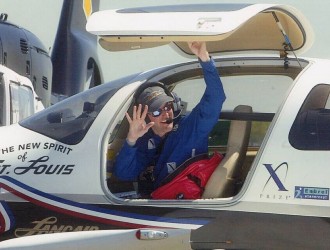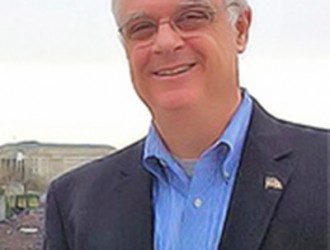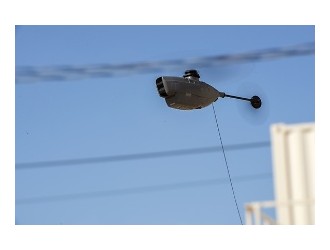Q: I've flown on the Airbus 380 several times. It seems to me the taxi speed is slower than smaller equipment. Is this an illusion of size -- larger objects appear to be moving slower -- and the higher position of seats in the upper deck? Or are there reasons, such as fuel-use and braking concerns, that make it taxi more slowly?
- Dave Middleton, Rancho Mirage, Calif.
A: The A380 is a very large airplane, which has a wingspan of more than 260 feet. The long wingspan means the jet can taxi only on certain designated taxiways and will have the wingtip pass closer to objects and other airplanes. Consequently, A380 captains do tend to taxi more slowly. The weight of the airplane causes increased stopping distances.
You are correct that being in the upper deck and the sheer size of the airplane make it appear to move more slowly, but large airplanes do tend to taxi a bit slower.
Q: Is the A380 too big for practical use?
- George B, Atlanta
A: No, the A380 is an important part of the aviation industry. Though the numbers of airports capable of handling it are limited, it has not proved to be too large. Some airports had to adopt special taxiing procedures for A380s, but they have worked well.
Q: Regarding your recent column about twin-engine jets being the wave of the future: If that were the case, why is the A380 so popular?
- iceman, Georgia
A: Two-engine airplanes are much more widely used than four-engine airplanes. The reliability of modern jet engines allows for the increased efficiency of using a twin-engine airplane over long distances.
Your reference to the A380 must be taken in the context of the total number sold. The Airbus A380 tally is about 320, while the number for twin-engine Boeing 777s, its most direct long-haul competitor, is more than 1,400 delivered, and there are hundreds more on order.
Q: How fast does an A380 fly?
- Submitted via email
A: The A380 flies at the same speed as most jet airliners, about 85% of the speed of sound (Mach .85), which equals about 650 mph or 560 knots.
Q: Why does the A380 only use reverse thrust on the No. 2 and 3 engines?
- Submitted via email
A: The No. 1 and 4 engines are so far outboard that there was concern they would create damage to the area alongside the runway. In addition, some of the debris could be ingested, causing engine damage.
Q: Regarding your recent column about times of flights to and from Europe: I think the schedules have much more to do with time zones and flight times and wanting to avoid late night arrivals or departures. You have to leave North America early in the day to avoid a late night arrival, so better to fly the overnight and arrive in the early morning. The reverse is true coming west - an evening departure gets to North America in the middle of the night.
- Bruce, Houston
A: You make a good point, and it's certainly something the scheduling departments look at.





